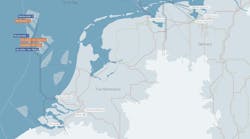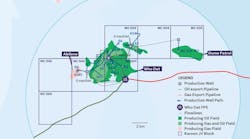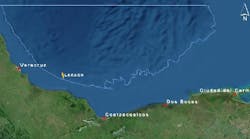Offshore staff
WASHINGTON, D.C. – A “congestion point” inside the regulatory oversight process is holding back exploration and production activity in the Gulf of Mexico and this is holding back the economic benefits that would accrue to the entire United States if the activity matched industry capacity.
This is among the key finding of the Restarting “the Engine”–Securing American Jobs, Investment, and Energy Security study done by IHS CERA and IHS Global Insight.
The study finds that industry has the capacity to add $44 billion to the US gross domestic product while supporting 230,000 jobs, one-third of which are outside the Gulf region. Another $22 billion in wages and compensation would be realized, along with $18.6 billion in federal, state, and local royalties, bonus payments, and taxes over the next three years. In addition, 400,000 b/d of oil could be realized from new production.
The study looks at the plan and permit levels in the six months following the lifting of the deepwater activity moratorium in October 2010. The analysis finds the following:
• 250% increase in the backlog of deepwater plans pending governmental approval
• 86% drop in the pace of regulatory approvals for plans
• 60% drop in all GoM drilling permits
• 38% increase in the time required to reach each regulatory approval required.
This is the first in a series of studies IHS expects to conduct into the status of GoM oil and gas activity post-Macondo. The next version will look at the whole year since October 2010 to examine the quantifying factors affecting the activity, and to understand where industry stands at the moment.
The study was designed to quantify the activity gap between oil and gas company investment capacity and the regulatory capacity to process and oversee the work.
One unexpected finding from the study was that “an increase in oil and gas activity reverberates throughout the broader economy,” said James Diffley, senior director of IHS Global Insight’s U.S. Regional Economic Group. “Each new hire (in the Gulf) results, on average, in more than three additional jobs in an array of industries around the country” – not just in the Gulf region.
“It is up to both the regulators and industry to find the reasons for this congestion point and to determine what needs to be done,” said Daniel Yergin, chairman of IHS CERA.
07/21/2011




